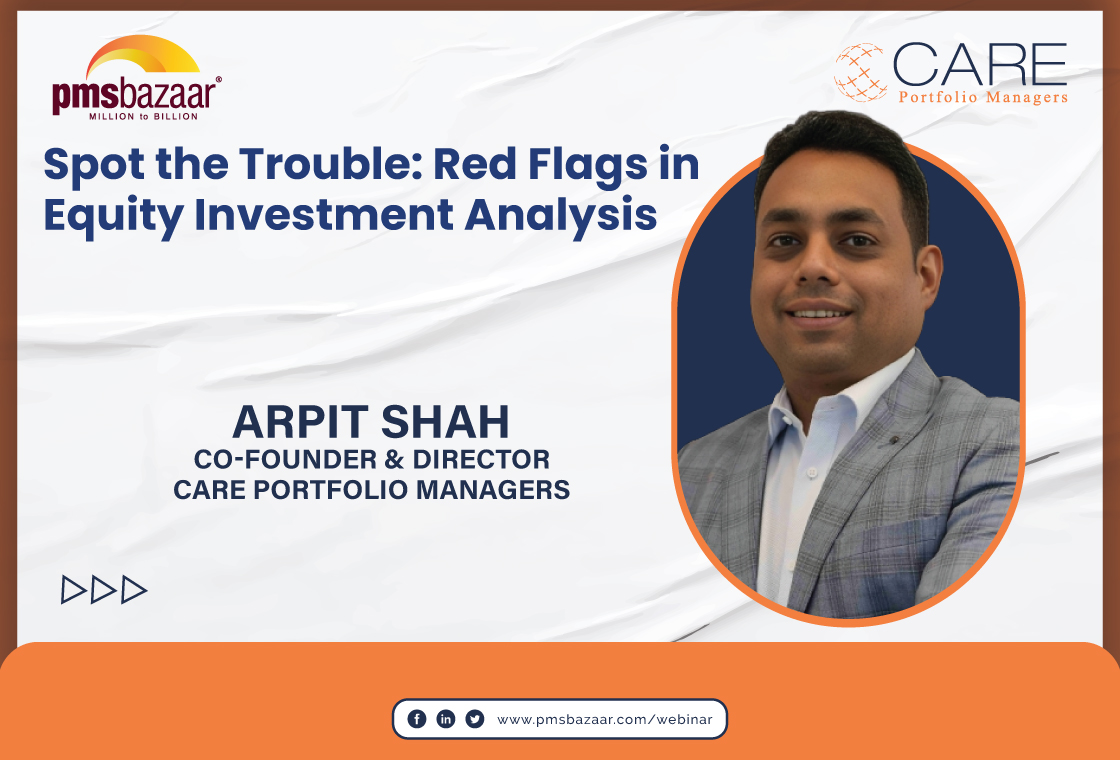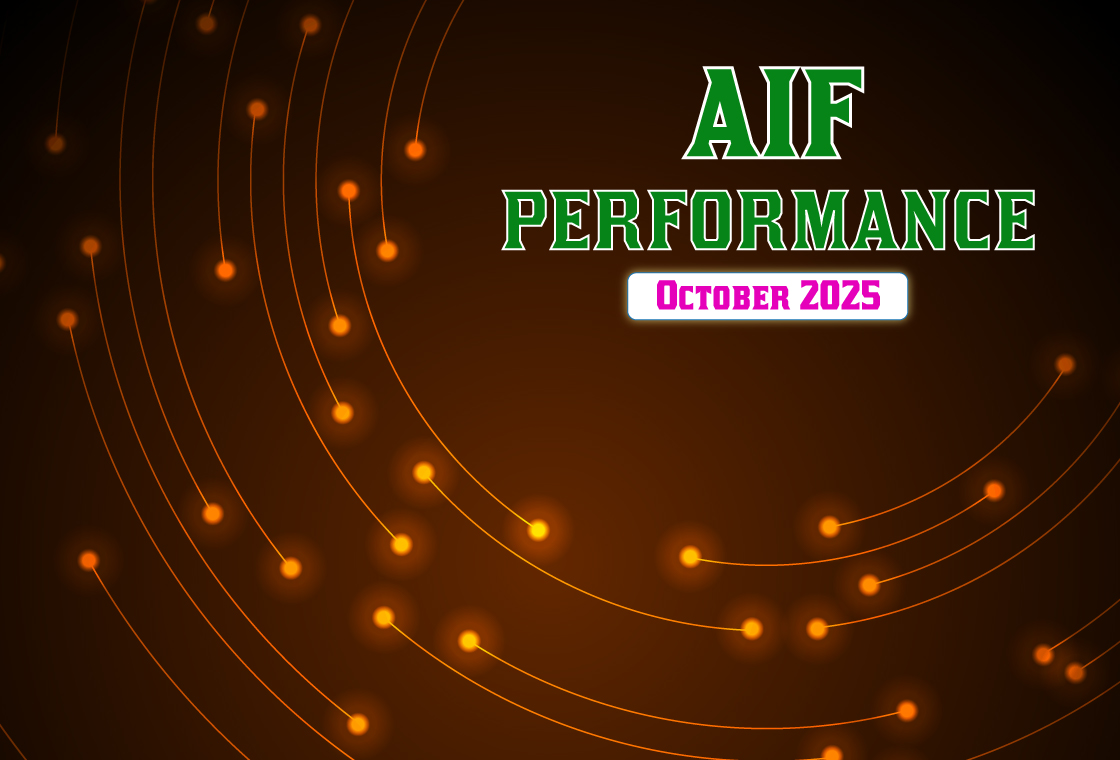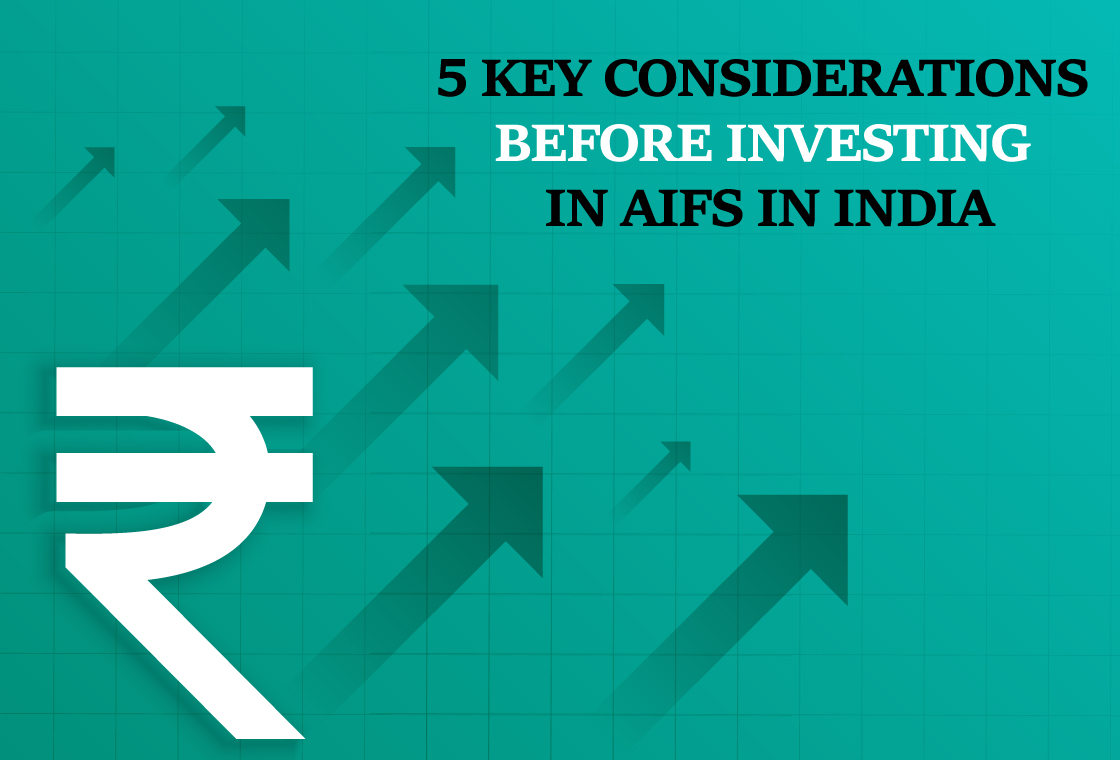For decades, HNIs and UHNIs have preferred traditional investment options such as physical assets like gold and real estate, direct stocks, fixed deposits, and bonds. As the financial landscape has transformed in recent years, so has the way HNIs invest their money. Traditional investment options are being replaced in recent times by innovative investment solutions that take into account the risk-reward profile of the investor and assist the HNIs in preserving and growing their wealth. The emerging investment avenues where the HNIs are putting their money in recent times and are also expected to remain the key investment themes in 2022 are AIFs, MLDs, Real Estate Investment Trusts REITs, InvITs, as well as Pre-IPO securities, and offshore investments. They also necessitate a larger investment corpus and are typically handled by experienced and highly skilled wealth managers and fund managers who understand the HNIs' investment goals and expectations.

In collaboration with Sundaram Alternates, PMS Bazaar conducts a new Webinar Series - "The Alternates Universe". It will be an informative series, bringing valuable insights into how HNIs and UHNIs manage their wealth and how they differ from conventional investors. This Blog is an excerpt from the 1st episode of the Alternates Universe which hosted the industry stalwart Mr. Satheesh Krishnamurthy, EVP & Head - Private, Premium Banking & Third Party Products, Axis Bank. The webinar was moderated by two industry veterans from Sundaram Alternates - Mr. Vikaas M Sachdeva - Managing Director - Sundaram Alternate Assets Ltd., and Mr. Madanagopal Ramu - Head - Equity & Fund Manager - Sundaram Alternate Asset Ltd.
Few Excerpts from the Webinar -
Host (Mr. Vikaas): As Indians, we tend to think that India is the center of the universe for every University. However, does an investor, an evolved investor with a global perspective, view India as an investment destination with the same intensity as he would when we look at it from our country's perspective?
Mr. Satheesh: If I ever had to think about India as a center of the universe, it is now. India is a good spot to be in more ways than one way. In fact, I was looking at some data as well; so, if you look at how foreign investors are looking at India, they clearly see a very strong economy, and we have broken the rest of the pack in the way our markets performed in 2022. It shows resilience in our economy very clearly. Also, the stability of the Government s is an important factor. If you look at the reforms that are being undertaken, it's set up fairly good. The fact is that India is getting even more diplomatic muscle. We are also having the presidency of the G20. So very clearly, there is a lot of an overarching, let's call it, the realization of India's both hard and soft power coming into play. When I look at how India was bucketed amongst emerging markets in the past, India was a subset of emerging markets in most indexes, and China used to have a dedicated location. When we look at the MSCI Emerging markets index, India has almost doubled its weight.
So that's a clear indication of India's growing muscle. If you look at China, on the other hand, its weightage has fallen for the first time below 27%. So we are fairly behind China, but not withstanding that, given the way we are a democracy, we have our own pace of growth by getting everybody along. India is turning a corner, and there is a clear shift in how foreign portfolio investors look at China within their basket of Emerging Markets. Everybody is talking about China plus one, so their focus is becoming a way to diversify out of China and other markets, too, like Korea and Taiwan are benefiting from this change.
The other factor that is working very clearly for India is the equity cult gaining ground. Again when I looked at the data, 4.8 percent of Indian household assets as of March 22 are inequities. So a 50 basis point in a year is not a bad deal at all, and if you were to look back even as recently as 2020, that number was 2.7 percent. So very clearly, we did see that all through the COVID phase, loads of Demat accounts were opened, and more and more customers entered into this equity cult.
Overall, I would state that India is very important at the same time. When you look at the UHNI and the HNI segment of customers, global investing is something that they look at. India is their home ground, but they also want to get diversification from a currency and geography standpoint and gain alpha by investing in markets. So, there are opportunities emerging, and I would also state that for UHNIs, I find that this variable cap capital company or the VCC structure in Singapore, with several collective investment schemes, either open or closed-ended, maybe pool for an investment purpose at the same time.
Host (Mr. Vikaas): Typically when you talk about an HNI or ultra HNI, what comes to mind as a typical profile is somebody who's very senior, 60 plus, looking at some very conventional investment Avenues. But you know, with the changing economic and business landscape, has the demographic profile of a typical Ultra HNI, or for that matter, an HNI, has it evolved? What's your view?
Mr. Satheesh: We are clearly a generation that is living through multiple inflection points, and one such inflection point is very clearly how you paint this picture of being a late
50s person who's been a businessman and had to slog through multiple decades to get there. That's changing quite radically. So, the first clear trend that I see is tier 2 and tier 3 cities are now accounting for 50 percent of the recognized startups in India. So what's happening is that wealth is getting created from tier two and tier 3 cities. Let's say the state where I was born, the startups based in Tenkasi, are creating waves. So that's one clear trend.
And also, what we are finding is, for various reasons, if you look at metropolitan cities, there is a degree of saturation from a cost and point from the availability of infra standpoint. And in this work-from-anywhere model, entrepreneurs are also thinking beyond geographical boundaries. Geographically many multinational companies are setting up shops across locations. As per a management consultancy report, about 976 multinational companies have set up 1257 global in-house centers in India. This tells us that India is emerging as a great hub for multinational companies globally, and already 68 of these Global in-house centers are actually in tier 3 locations.
The startup community is also attracting a lot of money. The share of financing to startups again in tier 2 tier and tier 3 cities is around 15 percent, and tier 2 cities startups in India raised over a billion dollars. So I would say that clearly, the profile of UHNIs is changing, and there are entrepreneurs barely in their 20s, and there are who are willing to take risks. They are willing to experiment. They have a much more open mind about many things, you are looking at trends like chat GPT, and things are changing quite rapidly. We find large millionaires and billionaires coming from a spectrum of industries that didn't throw up as many super-rich, and clearly, Tech is a transformer across sectors.
Host (Mr. Madanagopal): What do you think about where the market is heading in 2023, and can you give some input about what best of the minds in India are talking about the markets?
Mr. Satheesh: It is important to spend a few minutes looking at what happened in 2022 before we look at 2023. The year 2022 was very tumult for global capital markets, and if you look at geopolitical tension, that is Ukraine-Russia continuing tension, economic headwinds, inflation measures reaching 40-year highs, the economic simulation that came from loose fiscal and monetary policies globally, supply chain disruptions, consumer spending moving more and more from goods to services, etc., are very clear trends that we are seeing
Also, with the kind of hiring in 2022, you already hear noises, especially from the tech sector job cuts. Just about a year ago, wage greens were massive. Obviously, it would hurt the margins of companies. Closer home, if you look at the financial services sector, there is immense competition for talent, and wages are getting revised, but the question here is, "is that going to be sustainable.” If I had to summarize from a central bank action, we saw that over 80 central banks tightened and tightened hard. right uh from pretty much the second half of 2022, and I think that trajectory seems to be continuing, which is why markets continue to be nervous, especially from an Indian standpoint. The Indian equity market seems fairly well-valued, so it is a stock pickers market. You have got to apply multiple yardsticks, Financial yardsticks, understanding of business cycles. Multiple NFOs are trying to identify the right business cycles to invest in, and so on.
If you look at it from an international market standpoint, especially sectors like Tech and growth stocks, we saw a very sharp correction. Stocks like Tesla, Apple Microsoft all corrected. This is perhaps the most anticipated recession that everyone is talking about globally, and then you look at India and find that the Indian market outperformed this fairly turbulent 2022. This was clearly driven by what our Central Bank and the government did. There was a lot more prudence, and overall, the market seems to have been a beneficiary.
Mr. Satheesh answered many other queries from Mr. Vikas and Mr. Madanagopal. For more insights on this topic, check the appended video link below.
Get access to rich data and analytics of PMS & AIF by subscribing to us. Join the 47000+ investors & experts now: Subscribe NOW
Recent Blogs
.jpg)
Passively Active Investing — A Modern Investor’s Lens on ETF-Based PMS
PMS Bazaar recently organized a webinar titled “Passively Active Investing — A Modern Investor’s Lens on ETF-Based PMS,” which featured Mr. Karan Bhatia, Co-Founder and Co-Fund Manager , Pricebridge Honeycomb ETF PMs. This blog covers the important points shared in this insightful webinar.

Spot the Trouble: Red Flags in Equity Investment Analysis
PMS Bazaar recently organized a webinar titled “Spot the Trouble: Red Flags in Equity Investment Analysis,” which featured Mr. Arpit Shah, Co-Founder & Director, Care Portfolio Managers. This blog covers the important points shared in this insightful webinar.

Long-Only AIFs Rebound Sharply in October; Long-Short Strategies Lag Despite Lower Volatility
106 long-only AIFs averaged 3.68% vs 32 long-short AIFs at 2.7%; only 24–31% of funds beat key indices

Markets log strongest monthly gains in 7 months; PMS performance turns near-uniform in October
Nifty 50 TRI gained 4.62%, BSE 500 TRI rose 4.27%; 415 of 427 equity PMSes ended positive

How SMEs are Shaping India’s Investment Landscape?
PMS Bazaar recently organized a webinar titled “How SMEs are Shaping India’s Investment Landscape?” which featured Mr. Shrikant Goyal, Fund Manager, GetFive Opportunity Fund.

Stable Income from Indian REITs and InvITs
PMS Bazaar recently organized a webinar titled “Stable Income from Indian REITs and InvITs,” which featured Mr. Rahul Jain, Head of Public Markets, Alt.

5 Key Considerations Before Investing in AIFs in India
Alternative Investment Funds (AIFs) have emerged as a compelling option for sophisticated investors seeking diversification and potentially superior returns. But venturing into AIFs requires a clear understanding of their unique characteristics that go beyond simply knowing what they are and their categories.

How AIF can help in diversification?
Traditionally, Indian investors have relied on a mix of stocks and bonds to build their wealth. While this approach offers diversification, it can still leave your portfolio vulnerable to market fluctuations. Enter Alternative Investment Funds (AIFs), a dynamic asset class gaining traction for its ability to unlock diversification beyond the realm of conventional options.

